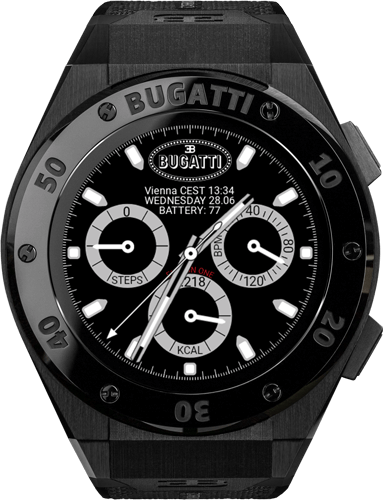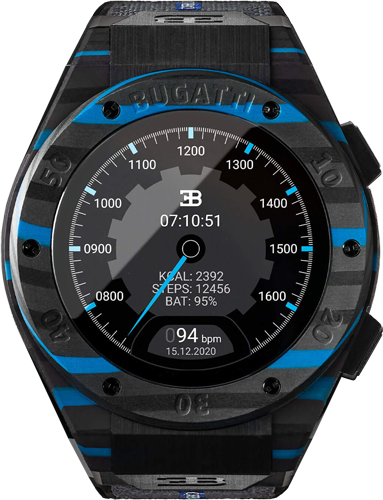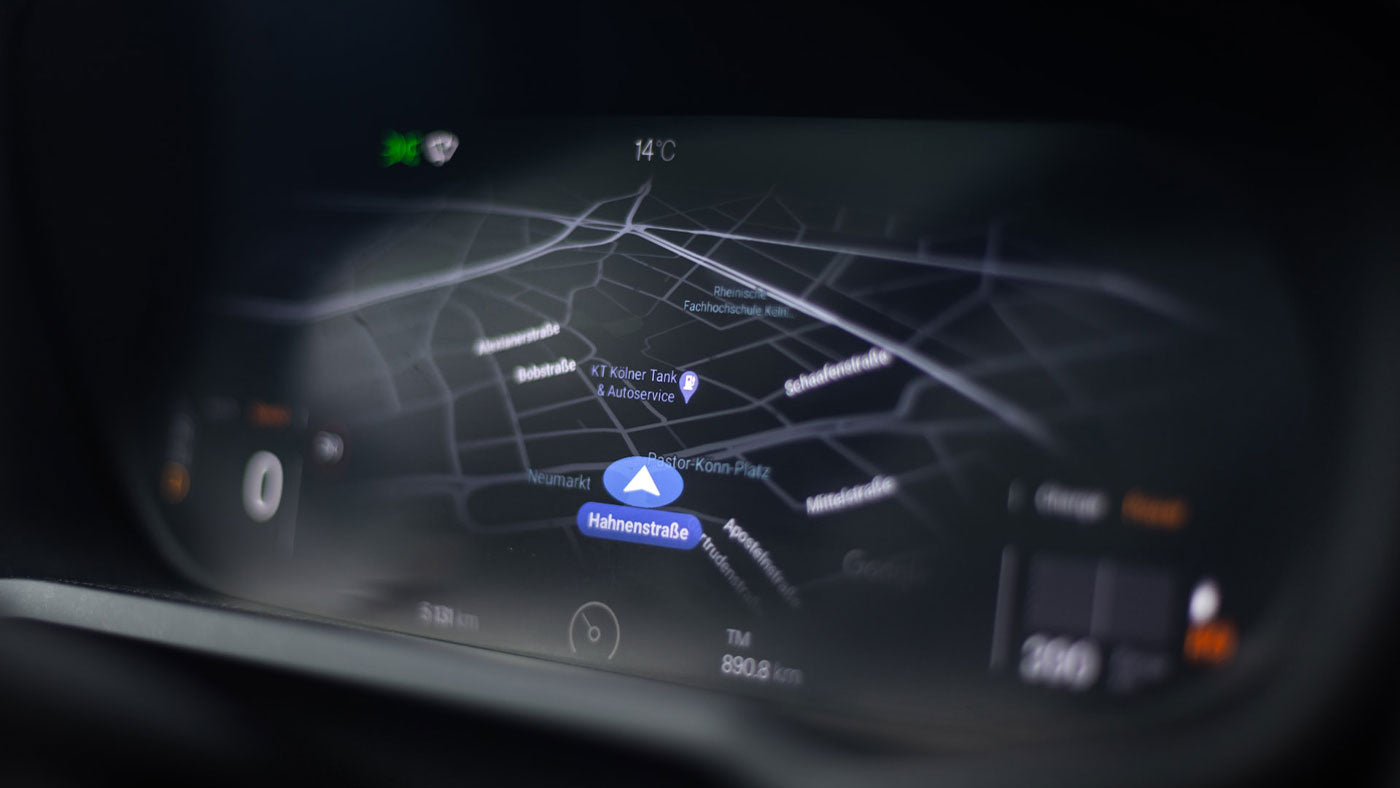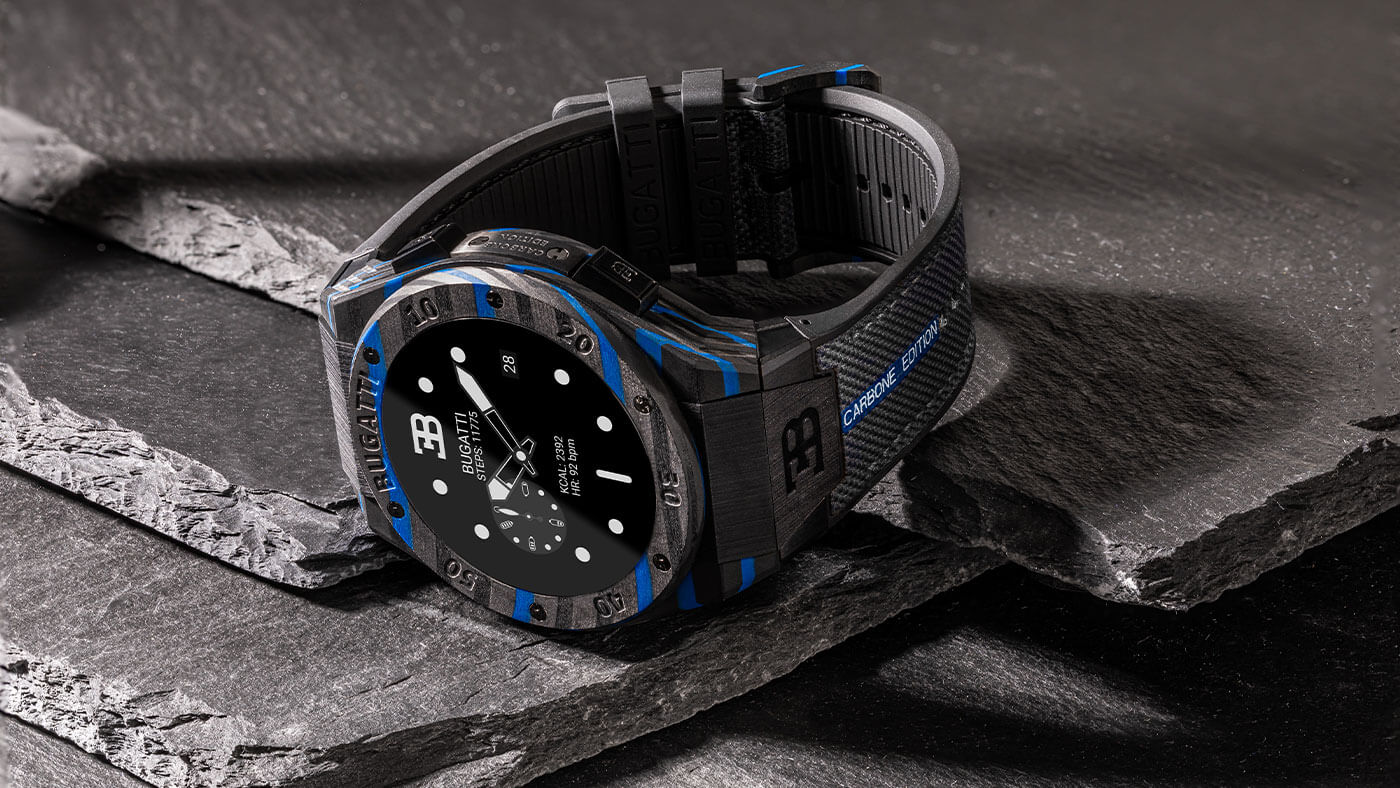GPS, or Global Positioning System, is a satellite-based navigation system that allows us to determine our precise location on Earth. It is used in a wide variety of applications, including navigation, mapping, and tracking. But how exactly does it work?
The GPS system is made up of three main components: satellites, ground control stations, and GPS receivers. The satellites, which are operated by the U.S. government, orbit the Earth at an altitude of around 12,550 miles. There are currently 31 operational GPS satellites in orbit, with a minimum of 24 required for global coverage.
Ground control stations around the world are responsible for monitoring and controlling the satellites. They ensure that the satellites are in the correct orbit and transmitting the correct signals.
The GPS receiver is the device that you use to determine your location. It can be found in a wide variety of devices, including smartphones, cars, and even boats and planes. The receiver uses the satellites' signals to calculate its distance from each satellite. By measuring the distance from multiple satellites, the receiver can triangulate its position and determine its precise location.
The GPS receiver uses a process called trilateration to determine its position. Trilateration is a method of determining the location of a point by measuring the distance to it from two or more other points.
In order for the GPS receiver to determine its position, it needs to be able to receive signals from at least four satellites. The receiver compares the time a signal was transmitted by a satellite with the time it was received. By knowing the speed of light and the time difference, the receiver can calculate the distance to the satellite.
One of the key factors that determines the accuracy of GPS is the number of satellites that a device can receive signals from. Smartphones typically have better GPS reception than smartwatches because they have larger antennas and are able to receive signals from more satellites.
Another important factor is the signal strength. Smartphones often have stronger radios and can receive signals from satellites that are farther away, which improves their accuracy. Smartwatches, on the other hand, have smaller radios and are more limited in their ability to receive signals from distant satellites.
Smartphones have other technological advantages, such as wifi and cellular data, which can improve their location accuracy. Smartwatches are typically dependent on GPS alone.
In summary, the key reasons why smartphones have better GPS reception than smartwatches are:
- Smartphones have larger antennas and can receive signals from more satellites
- Smartphones have stronger radios and can receive signals from farther away
- Smartphones can use other technologies such as Wi-Fi and cellular data to improve their location accuracy.
While it is true that smartwatches are becoming more advanced and their GPS capabilities are improving, it is unlikely that they will ever be able to match the accuracy of smartphones. This is simply a matter of the physical limitations of the devices.







